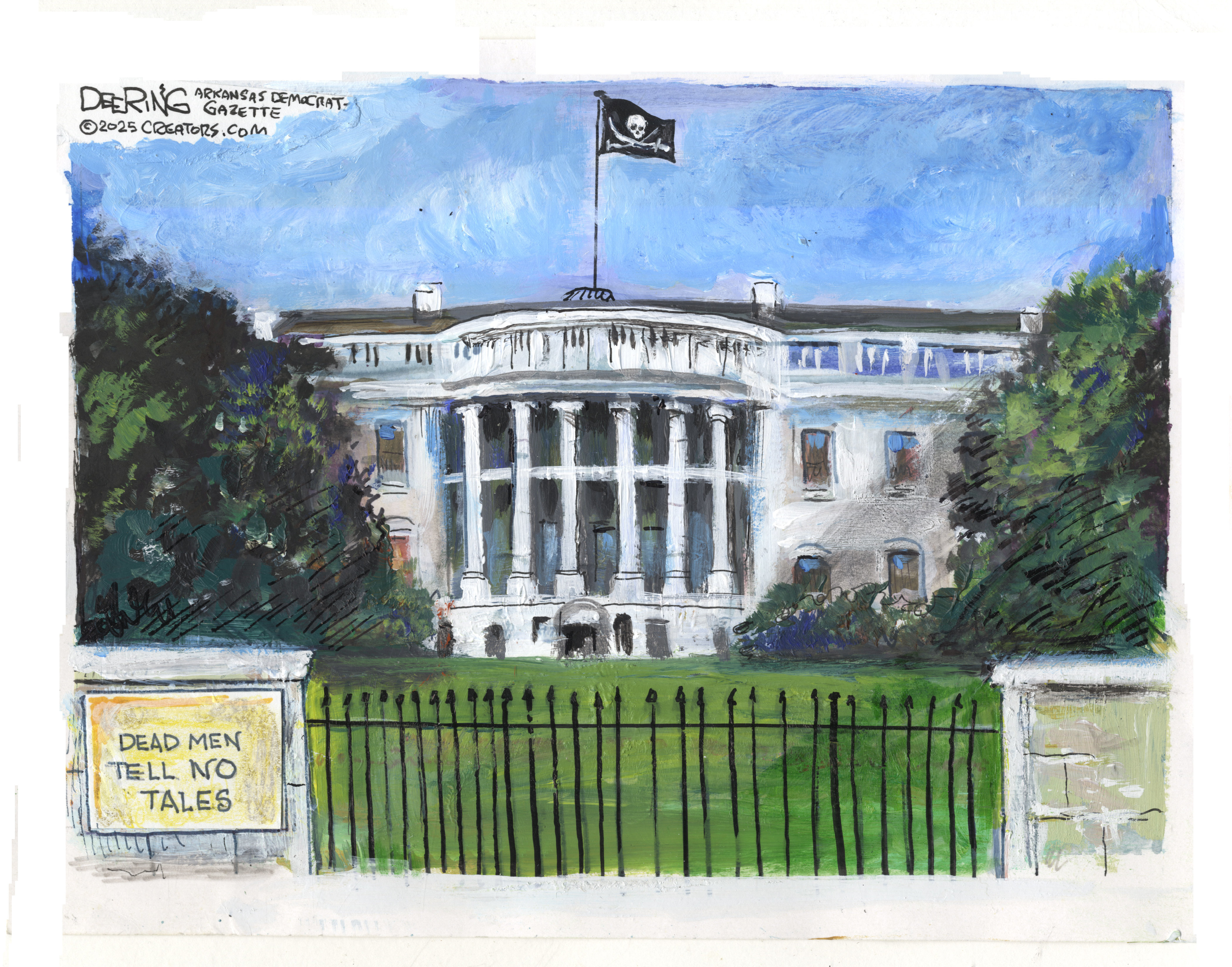Exhibit of the week: Matisse: Radical Invention
A new exhibition at the Art Institute of Chicago shows how Matisse's art came to look the way it does.
Art Institute of Chicago
Through June 20
Henri Matisse is “one of those artists who made the world look as it does today,” said Christopher Knight in the Los Angeles Times. A new exhibition at the Art Institute of Chicago, incorporating more than 100 works created within a five-year span, shows how his art came to look the way it does. During the formative period between 1913 and 1917, Matisse made “some of his toughest, most memorable, and sometimes strange and enigmatic works,” fighting his way from his early expressive style to a more simplified, decorative manner. Matisse: Radical Invention “helps us to see that achievement with fresh eyes,” tracing particular techniques, motifs, and even favored colors from one work to another. “This is one of those exhibitions that visitors will talk about for years.”
The Week
Escape your echo chamber. Get the facts behind the news, plus analysis from multiple perspectives.

Sign up for The Week's Free Newsletters
From our morning news briefing to a weekly Good News Newsletter, get the best of The Week delivered directly to your inbox.
From our morning news briefing to a weekly Good News Newsletter, get the best of The Week delivered directly to your inbox.
Matisse now is best known for brightly colored, rhythmically patterned canvases, said F.N. D’Alessio in the Associated Press. Looking only at those, “you would not know that Matisse lived through both world wars.” But study the ones created while World War I was actually raging—as you can in this show—and you clearly see the influence. “During that time, Matisse’s paintings were dominated by blacks and grays, and there was an uncharacteristic density to his composition.” World events weren’t alone in influencing Matisse’s canvases, said Ted Cox in the Chicago Daily Herald. He was also struggling to match the cubist innovations of Pablo Picasso. In paintings such as The Moroccans and Bathers by a River, Matisse seems to be rethinking his style as he goes, “scraping away layers of paint and adding additional layers to refine his vision.”
Bathers by a River has long been one of the Art Institute’s most prized paintings, said Lauren Viera in the Chicago Tribune, but we now see it with “a fresh, educated perspective.” Matisse began painting it in 1909, then abandoned it, then returned over many years to make changes. “He painted it and repainted it,” and the painting thus became a “sketchbook of sorts” for his changing ideas about art. So we can identify in this single work the scratchy expressiveness of his etchings, the blues and grays he was fond of, and the “vague, geometric figures” he introduced to later paintings. “The techniques woven into the layers of that painting are key to understanding Matisse’s entire career.”
A free daily email with the biggest news stories of the day – and the best features from TheWeek.com
-
 Political cartoons for December 14
Political cartoons for December 14Cartoons Sunday's political cartoons include a new White House flag, Venezuela negotiations, and more
-
 Heavenly spectacle in the wilds of Canada
Heavenly spectacle in the wilds of CanadaThe Week Recommends ‘Mind-bending’ outpost for spotting animals – and the northern lights
-
 Facial recognition: a revolution in policing
Facial recognition: a revolution in policingTalking Point All 43 police forces in England and Wales are set to be granted access, with those against calling for increasing safeguards on the technology